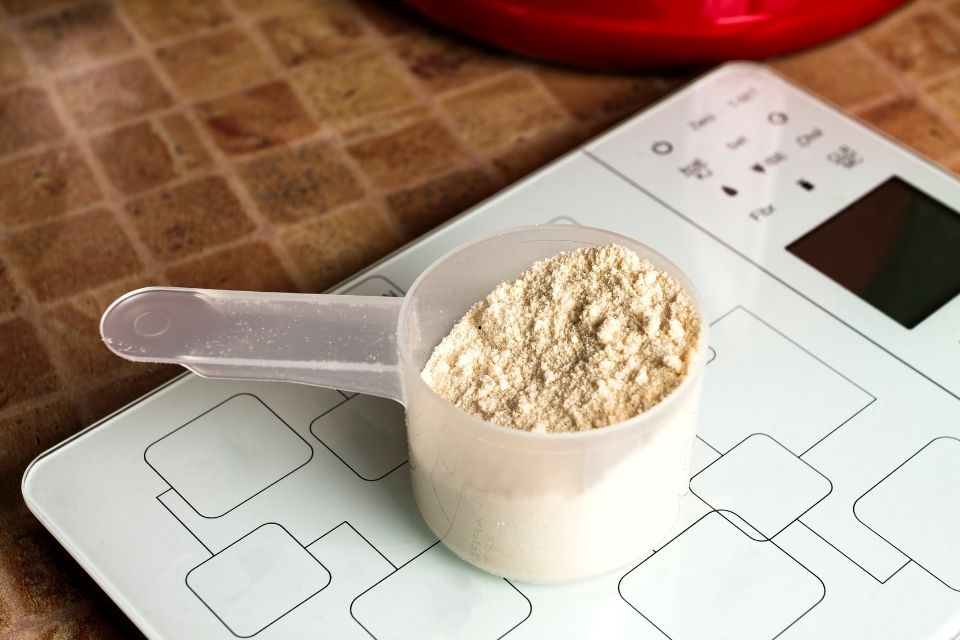If you’re just starting your fitness journey, you’ve probably heard about hypertrophy. But what exactly does it mean, and how does it work in the body?
In this article, we’ll explain what muscular hypertrophy is, how it happens, the main factors that support it, and what kind of training you should follow to grow muscle consistently and effectively.
What is hypertrophy?
Hypertrophy is the increase in the size of muscle fibers due to repeated and progressive resistance training.
When a muscle is exposed to stress—such as lifting weights—it experiences small tears in its fibers. During recovery, the body repairs those fibers by making them thicker and stronger. That growth process is called hypertrophy.
Types of hypertrophy
There are two main types of hypertrophy. Each responds to a different training style and serves different purposes:
Sarcoplasmic hypertrophy
This type increases the volume of sarcoplasm, the fluid surrounding the muscle fibers. It contributes more to muscle size than strength.
It’s common among bodybuilders and people who train with high repetitions and lighter weights.
Myofibrillar hypertrophy
This involves the growth and increase of myofibrils, the contractile parts of the muscle fiber. It’s closely related to gains in strength and power.
It typically results from heavy lifting with lower reps, as seen in strength athletes like powerlifters.
How to stimulate muscular hypertrophy
To trigger hypertrophy effectively, there are a few key principles to follow:
Progressive overload
Muscles need to be challenged regularly. That means gradually increasing the weight, reps, or intensity of your workouts to continue making progress.
Proper nutrition
Your body needs enough nutrients to repair and grow muscle tissue. Protein is crucial, but you also need carbohydrates and healthy fats to fuel performance and recovery.
Rest and recovery
Muscles don’t grow during training—they grow while you rest. Sleep, rest days, and recovery periods between sessions are essential for hypertrophy.
Consistency
You won’t see results overnight. Muscle growth is a long-term process that requires discipline and a consistent routine in both training and nutrition.
Sample hypertrophy training structure
- Frequency: train each muscle group twice a week
- Reps: 6 to 12 per set
- Sets: 3 to 5 per exercise
- Rest between sets: 60 to 90 seconds
- Foundation exercises: squats, bench press, deadlifts, rows
FAQ
Can I build muscle without lifting weights?
It’s possible, but much more difficult. Resistance training—especially with weights—is the most effective way to stimulate hypertrophy.
Does cardio prevent hypertrophy?
Not necessarily. When done in moderation, cardio can support recovery and help with fat control. However, excessive cardio may interfere with strength and recovery.
How long does it take to see hypertrophy?
With consistent training and proper nutrition, noticeable results usually appear between 6 to 12 weeks. Continued progress depends on long-term consistency.
Do I need supplements?
They’re not essential. You can achieve great results with food alone. But in some cases, supplements can help meet daily protein and calorie needs more easily.
Personalized workouts in the palm of your hand!
Hypertrophy is the most effective path to building muscle mass, improving body composition, and increasing physical performance. But it takes more than just lifting weights.
A well-designed plan, quality nutrition, and patience are essential for achieving real, long-lasting gains.
Ready to train with purpose and see real results? Download the Befit app and get personalized workouts tailored to your goals, fitness level, and lifestyle.








